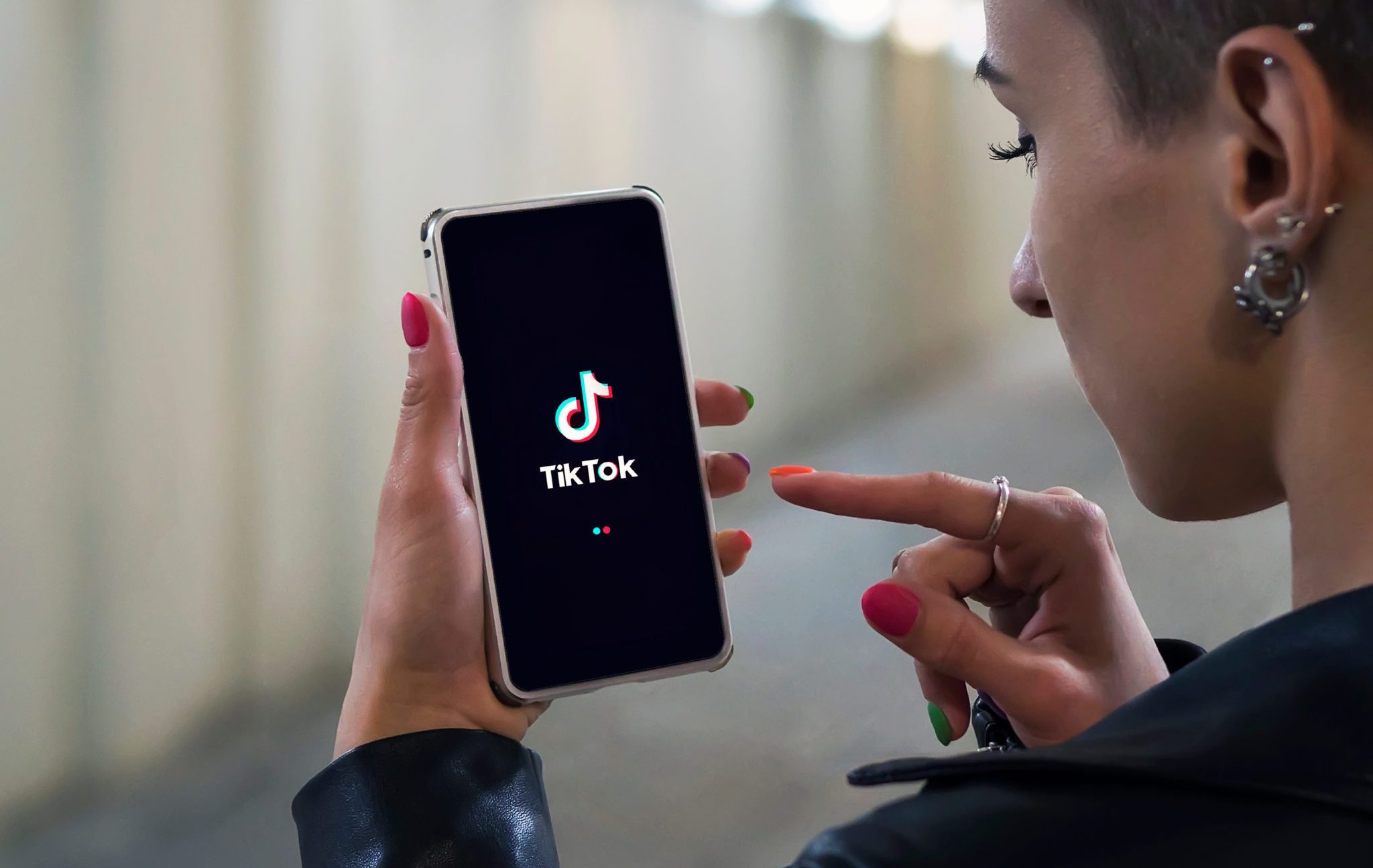
[ad_1]
If you had any doubt that man is an imitative creature, search for “TikTok and Tourette Syndrome.” Apparently, teen women are creating signs of the nervous system dysfunction by way of watching TikTok. Following the rise of a number of Tourette influencers and Tourette accounts, medical doctors report that teen women are creating the identical tics as their favourite account holders.
Interestingly, nearly all of these tics—and nearly all of the account holders’ behaviors—“don’t look like Tourette syndrome” to the medical doctors who’re seeing them, and who noticed double or extra the variety of Tourette sufferers in 2020 than in earlier years. But the entire sufferers frolicked on social media previous to exhibiting signs. The majority of these affected are adolescent women.
It’s not simply TikTok; Instagram has additionally launched Reels, which means even in case you by no means downloaded the Chinese-owned app onto your cellphone, you continue to have entry to an addictive, everlasting scroll of algorithm-generated video clips, and all of its pleasant unwanted effects, now together with Tourettes.
Most of us already had a intestine feeling about these new traits—just like the transgender craze that has report numbers of younger women popping out as “trans men,” regardless of no earlier proof of gender dysphoria—with out having to be instructed. We know social media is unhealthy for our well being, and we all know women across the ages of 11-18 years are particularly inclined to the social contagions unfold on-line. But even when we didn’t have that intestine intuition, even when we’re inherently trusting of expertise and pleasant to social media, the outcomes are unimaginable to overlook. Social media is making younger ladies critically sick—in some instances, with everlasting harm.
Facebook has been below hearth not too long ago for its understanding abuse of teenage nervousness to propel the success of its addictive platforms. “Facebook Knows Instagram is Toxic for Teen Girls,” the Wall Street Journal reported. For its personal half, Facebook claims it didn’t know a commoditized social life with follower counts and like tallies would have a unfavorable impact on the demographic most delicate to social stress; furthermore, the corporate claims, its platforms nonetheless have a internet constructive impact.
It’s exhausting to think about even probably the most keen staff on the firm are literally that divorced from actuality. Turns out, they aren’t. But these traits that make social media so poisonous for younger women are the identical ones that make these women the best customers and subsequently the target market for apps that flourish on excessive display time. Teen women fall into the addictive algorithms willingly, obsess over follower rely, shortly adapt their behaviors to their friends, and spend extra time on the platform than anybody else. Of course Facebook is just not going to cease that.
Man is mimetic. Plato and Aristotle knew this; it’s why the music of one of the best regime needed to be so meticulously guarded, and why the thinker wrote at size within the Poetics of the significance and the form of fine artwork. Our habits are formed by the media we eat, in addition to the folks we’re surrounded with. The similar goes for social media, which fuses these two realms of affect and takes the filter off.
Online platforms have changed actual life for most women at present, as Abigail Shrier describes in Irreversible Damage, her 2020 guide on the transgender contagion amongst teen women, which she argues is unfold nearly single-handedly by way of social media. The common Gen Z teen spends much less time interacting along with her mates in particular person than earlier generations—a minimum of an hour much less on daily basis—and hours extra interacting with strangers on-line, who edit their photos to perfection. This is a significant purpose why social media causes such excessive nervousness in puberty-age women: Already insecure, in addition they spend nearly all of their time with individuals who seem like with out flaw. With fewer alternatives than ever to develop a thick pores and skin by way of human interplay, and fewer events to watch others do the identical (importantly, to see others fail), these women are fearful of—and horrible at—human interplay. The downside turns into the remedy, as web affords an escape.
The outcome, for these younger ladies, of exchanging actual, wholesome life for the abysses of the web, is life altering. Literally. It’s not simply that girlish fads are rising more and more disturbing, it’s that social media has succeeded by elevating area of interest and harmful behaviors in a means actual life by no means might have. As at all times, the web does its finest work in the dead of night—the realms of the repugnant and the bizarre. Once, a 15-year-old woman would have been satisfied {that a} digital pet on a keychain was the most popular new accent (bear in mind Tamagotchis?). Now, she’s developed a nervous system dysfunction, an consuming dysfunction, began reducing or considering suicide, or come out as “trans,” able to get a double mastectomy and inject male hormones that may completely forestall her from having kids. Because having tics is quirky and funky.
The pandemic escalated the issue, because the Tourette medical doctors level out. The common teen woman went from seeing mates much less typically than earlier generations to seeing them by no means. The solely place she might proceed to show her social clout and acquire approval was on-line. Perhaps the one business aside from Amazon to revenue immensely off communal lockdowns, social media firms noticed report breaking hours of display time in the course of the pandemic.
What occurs to those women once they develop up? Even in the event that they recuperate from the intense unwanted effects of a life lived wholly on-line, outdated habits die exhausting. The Wall Street Journal interviewed a number of younger ladies in its story on Instagram toxicity, and lots of mentioned the identical factor: They know Instagram is unhealthy for them, however they worry lacking out or can’t kick the habit. Most mentioned they didn’t need the app to vanish, regardless of its dangerous results. Addiction to the machine is actual.
The apps that prompted these teenaged epidemics are intangible, however their results are actual. It shouldn’t be a dramatic proposal, in mild of those diseases, to counsel mother and father limit and even eradicate social media use for his or her kids, particularly the place their kids don’t but have the self-control to free themselves. Other proposals are extra excessive. And but, this addictive substance has, in hundreds of instances, performed on younger women’ weaknesses to the detriment of their very lives. It’s price asking what advantages, if any, are price that price.
The publish Imitating Disease appeared first on The American Conservative.
[ad_2]
Source hyperlink














